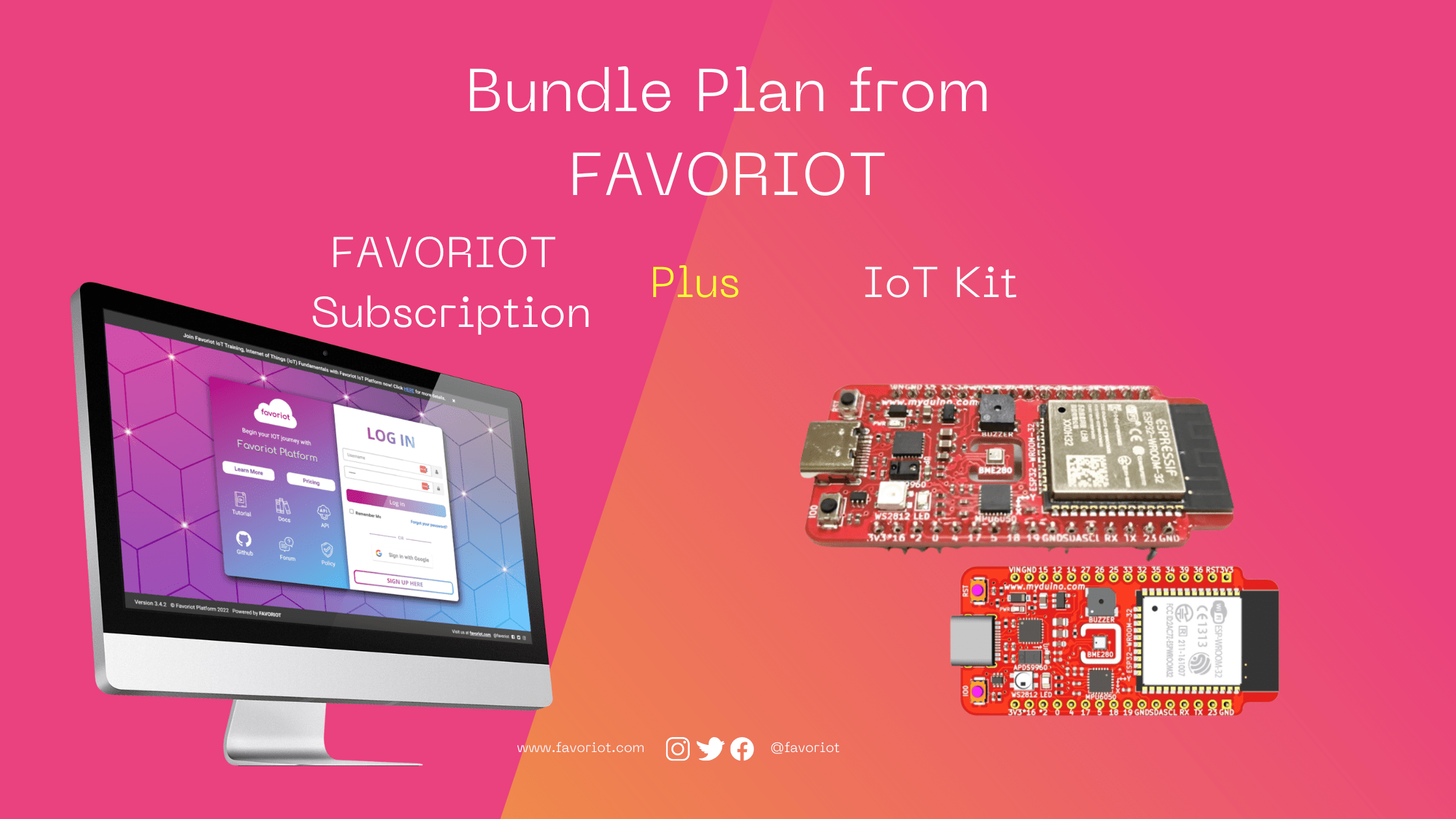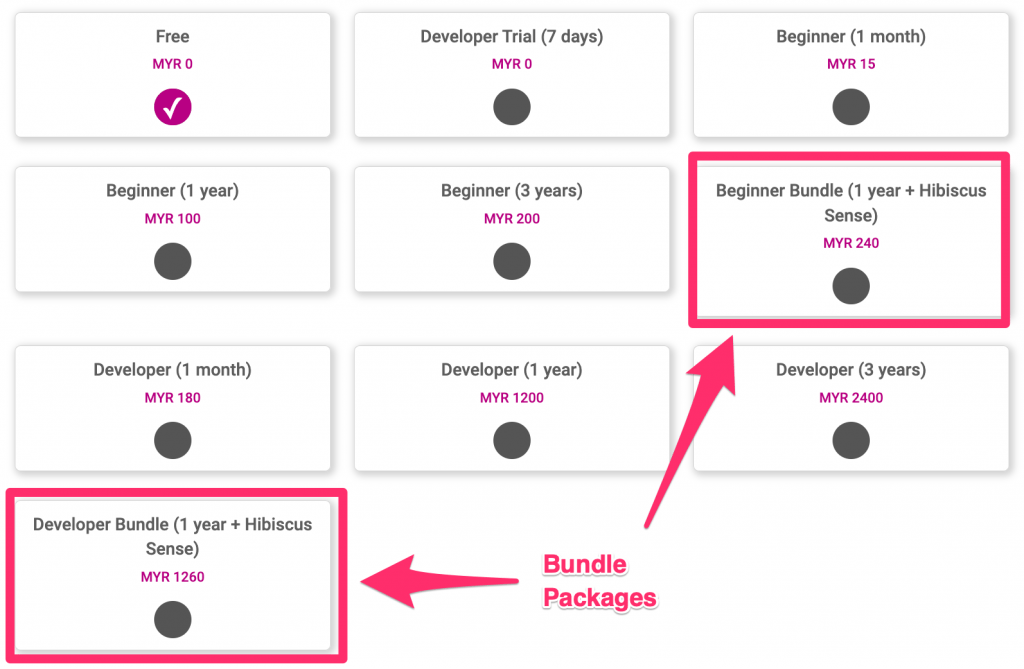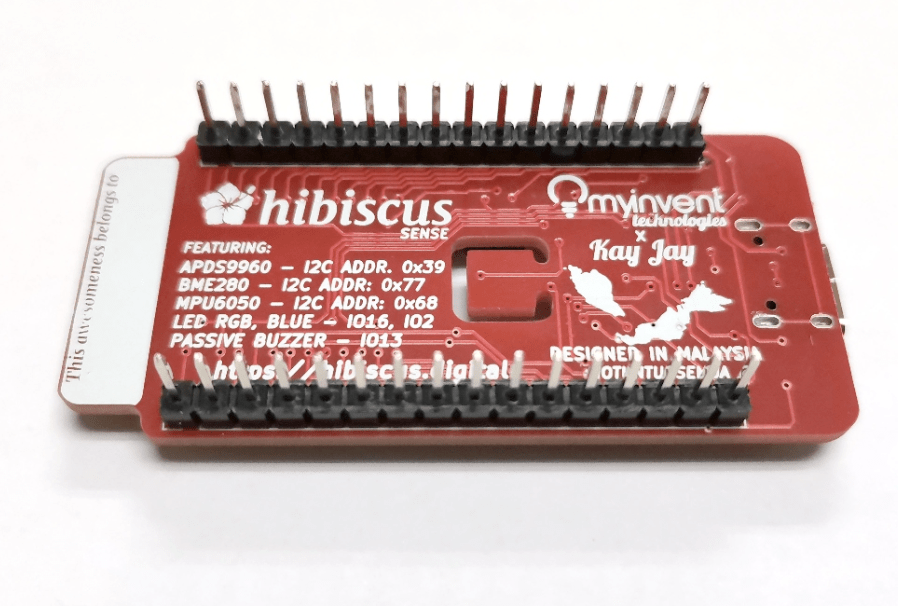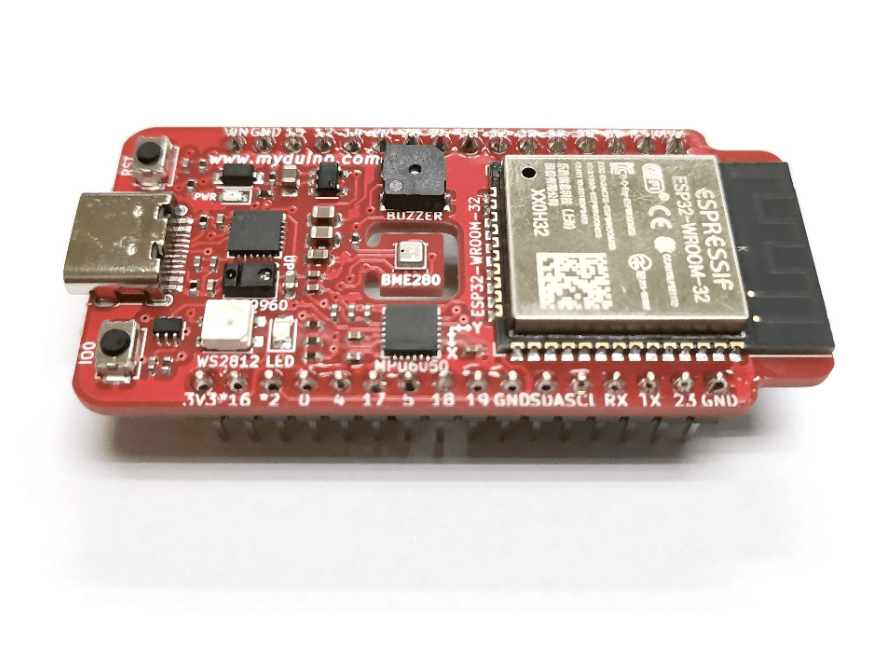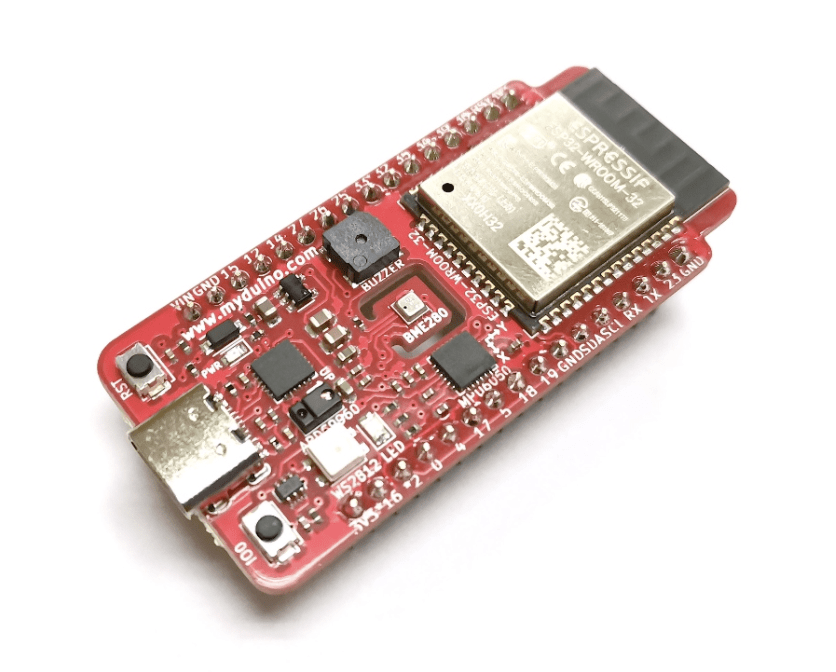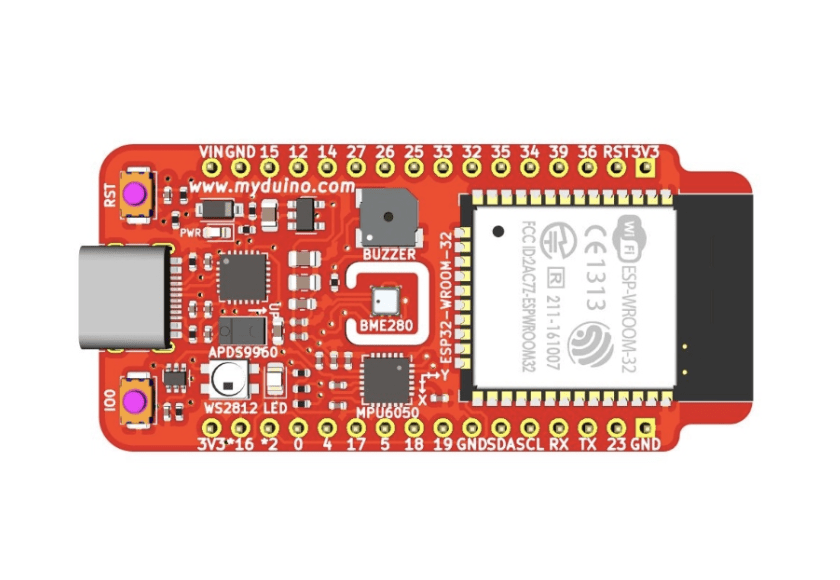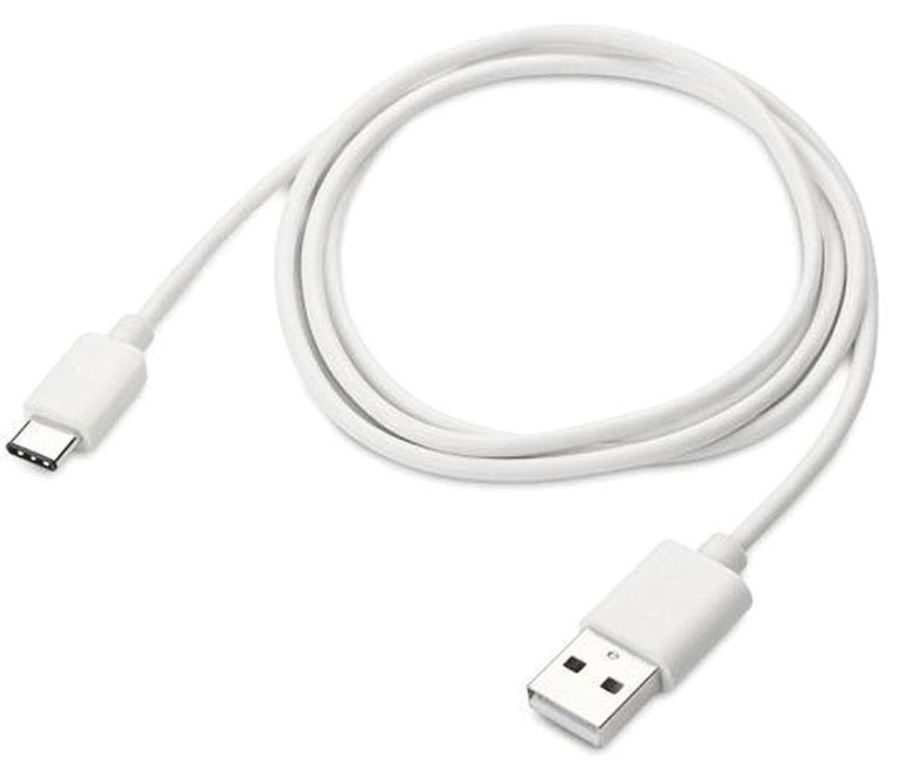IoT Education in Universities: The Critical Need for On-Premise IoT Platforms
January 5th, 2024 Posted by favoriotadmin BLOG, HOW-TO, Internet of Things, IOT PLATFORM 0 thoughts on “IoT Education in Universities: The Critical Need for On-Premise IoT Platforms”In an era where technology is advancing at an unprecedented rate, universities worldwide are tirelessly working to stay abreast of these changes.
A prime example of this technological evolution is in the field of the Internet of Things (IoT).
IoT’s significance extends far beyond academia, reshaping industries and everyday life. Despite this, a significant challenge persists in academia: the effective teaching and practical application of IoT concepts.
Identifying the Gap in IoT Learning
IoT education, ideally, is a blend of theoretical learning and hands-on experience. However, many universities face a substantial hurdle: lacking a dedicated IoT laboratory setup, notably lacking an IoT middleware or platform.
This deficiency significantly impedes students’ ability to understand and apply IoT concepts in real-world scenarios thoroughly.
The Missing Link in IoT Education: Middleware and Platforms
At the heart of this educational gap is the absence of IoT middleware or platforms in university labs.
These platforms are crucial as they facilitate the storage, management, and effective display of IoT data. This oversight leaves students underprepared to navigate the practical aspects of IoT project implementation.
The Dilemma of Platform Selection and Limitations
Often, students turn to free versions of IoT platforms available overseas as a makeshift solution. While these platforms provide a temporary fix, they are fraught with limitations, offering restricted features unless upgraded to paid versions.
This situation is not ideal, especially for students embarking on their initial forays into IoT or those engaged in short-term projects.
The Role of Universities in Enhancing IoT Infrastructure
It is incumbent upon universities to take a proactive stance in this regard. By establishing on-campus IoT platforms, they can offer students a more robust and comprehensive learning environment.
These platforms, ideally hosted in the university’s IT center or IoT labs, should be designed to grant individual access to students for various applications, ranging from lab exercises to final-year and even commercial projects.
Favoriot: Bridging the Educational Gap with On-Premise IoT Platforms
Addressing this educational need, Favoriot introduces an on-premise IoT platform solution specifically for educational institutions.
This platform circumvents the need for students to rely on external services, providing a stable, feature-rich environment for IoT learning and application.
Empowering Students with Advanced IoT Tools
Incorporating Favoriot’s IoT platform into university infrastructure significantly enhances the quality of IoT education.
Students gain hands-on experience with a comprehensive platform, equipping them with the necessary skills for real-world IoT applications.
Conclusion: Fostering Future-Ready IoT Expertise
In conclusion, integrating a dedicated IoT platform like Favoriot into university labs is a vital step toward modernizing IoT education. It equips students with the tools and experience essential for bridging the gap between theoretical knowledge and practical application. Favoriot’s on-premise IoT platform is not just an educational tool; it’s a stepping stone to future-ready IoT expertise.
For more information on how Favoriot’s on-premise IoT platform can transform IoT education in your university, please contact us at info@favoriot.com.


